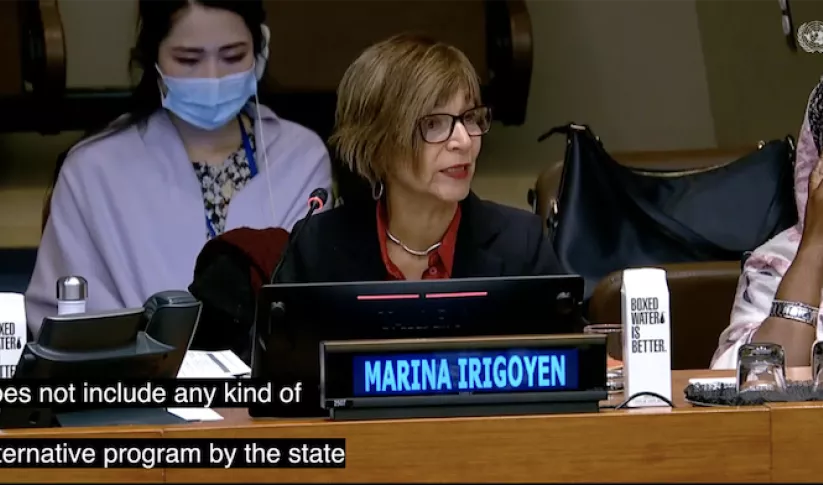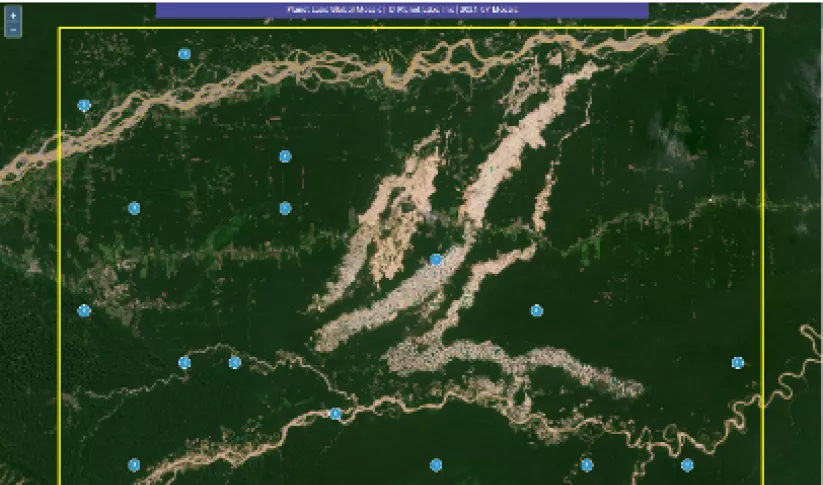Monitoring of Gold Mining in the Brazilian Amazon

Monitoring of gold mining in the Brazilian Amazon is a service that aims to produce near real-time information on mining deforestation and activity in the Tapajos basin, State of Para. It will have two major objectives:
- Quickly identify possible new illegal mining fronts in priority areas, such as protected area buffer zones; and persistent activity in degraded areas. Monitoring persistent activity includes assessing the growth of ponds and detecting activity by identifying changes in water spectral signature (wash adds sediment to water column).
- Reduce the occurrence of the activity (illegal, informal, and formal) considering the government’s new formalization process to better understand what legal mining impacts the forest.
Rationale
The Tapajós region in Brazil was once the largest gold mining area in Latin America. Today, illegal gold extraction continues without proper mining concessions, affecting protected indigenous territories. Satellite images reveal the expansion of mining activities and associated deforestation. Identifying these activities is challenging due to cloud cover in the Amazonian tropical forests. The State Secretariat for the Environment and Sustainability (SEMA) of Para, in collaboration with SERVIR Amazonia and other partners, explored the use of the Monitoring of Gold Mining in the Peruvian Amazon service (RAMI) to replicate the mining methodology developed for the Madre de Dios region. Additionally, radar imagery from Sentinel-1 ESA enables monitoring of deforestation and forest degradation despite cloud cover.
-
Users
Environmental prosecutors and GIS Data Analyst at Secretaria de Estado de Meio Ambiente in Governo do Para.
-
Tools
Radar Mining Monitoring Tool (RAMI)
-
Training Materials
-
External News/Resources
Semas usará nova tecnologia para rastrear garimpo ilegal e enviar alertas de desmatamento
ACCA capacita a SEMAS en el uso de monitoreo de RADAR by ACCA
Final Report for Imaflora, ACCA and SERVIR Amazonia (pdf)
-
SERVIR Amazonia gender advisor speaks before UN Commission on the Status of Women

On March 16, 2023, during the 67th session of the United Nations Commission on the Status of Women, SERVIR Amazonia Program gender advisor, Marina Irigoyen, participated in a lecture on the importance of promoting gender equity.
-
Collect Earth Online helps fight illegal mining in Amazon

Collect Earth Online (CEO) is helping to stop illegal mining in the Peruvian Amazon, protecting primary forests and the indigenous communities who live in the region.

